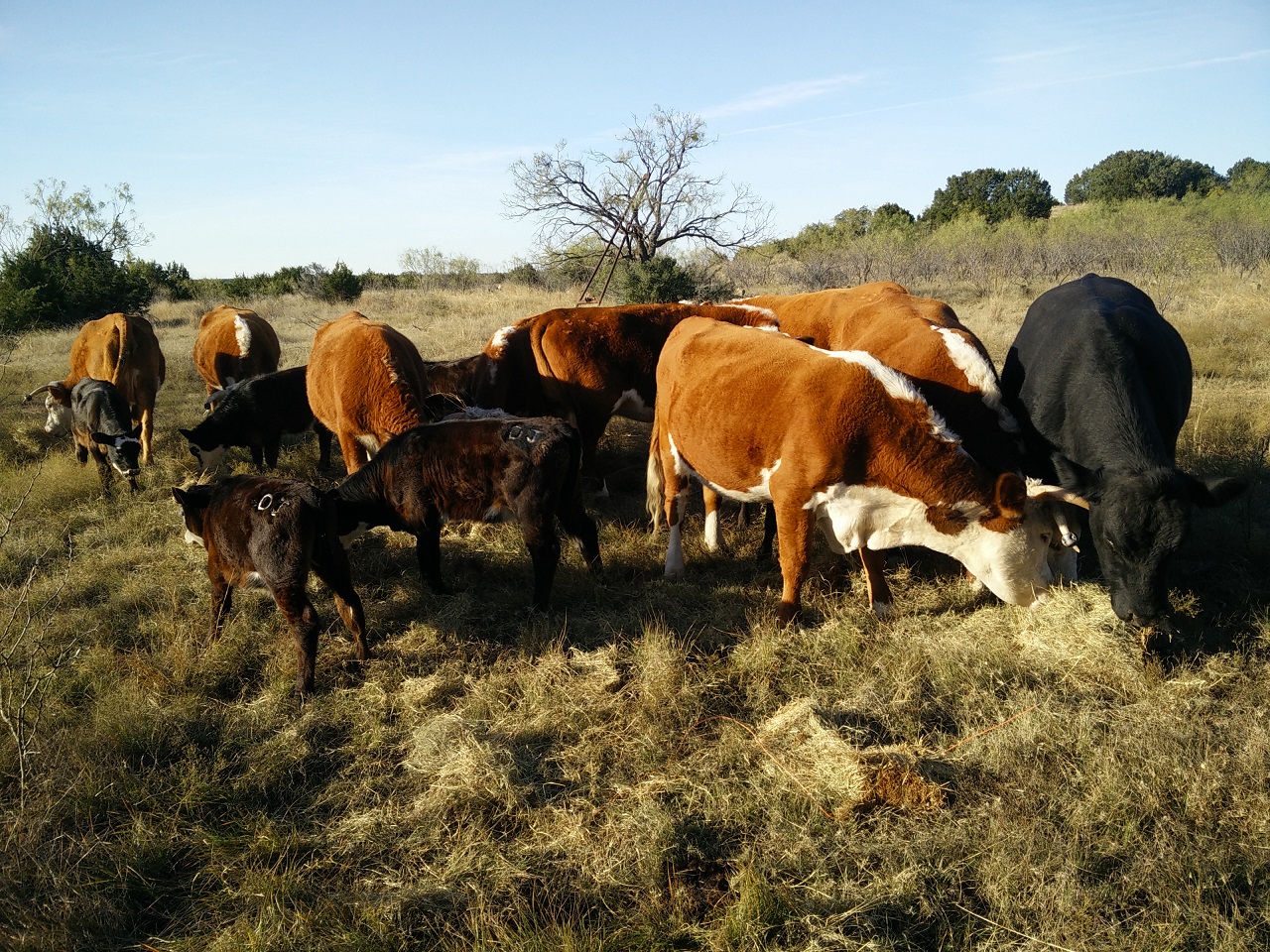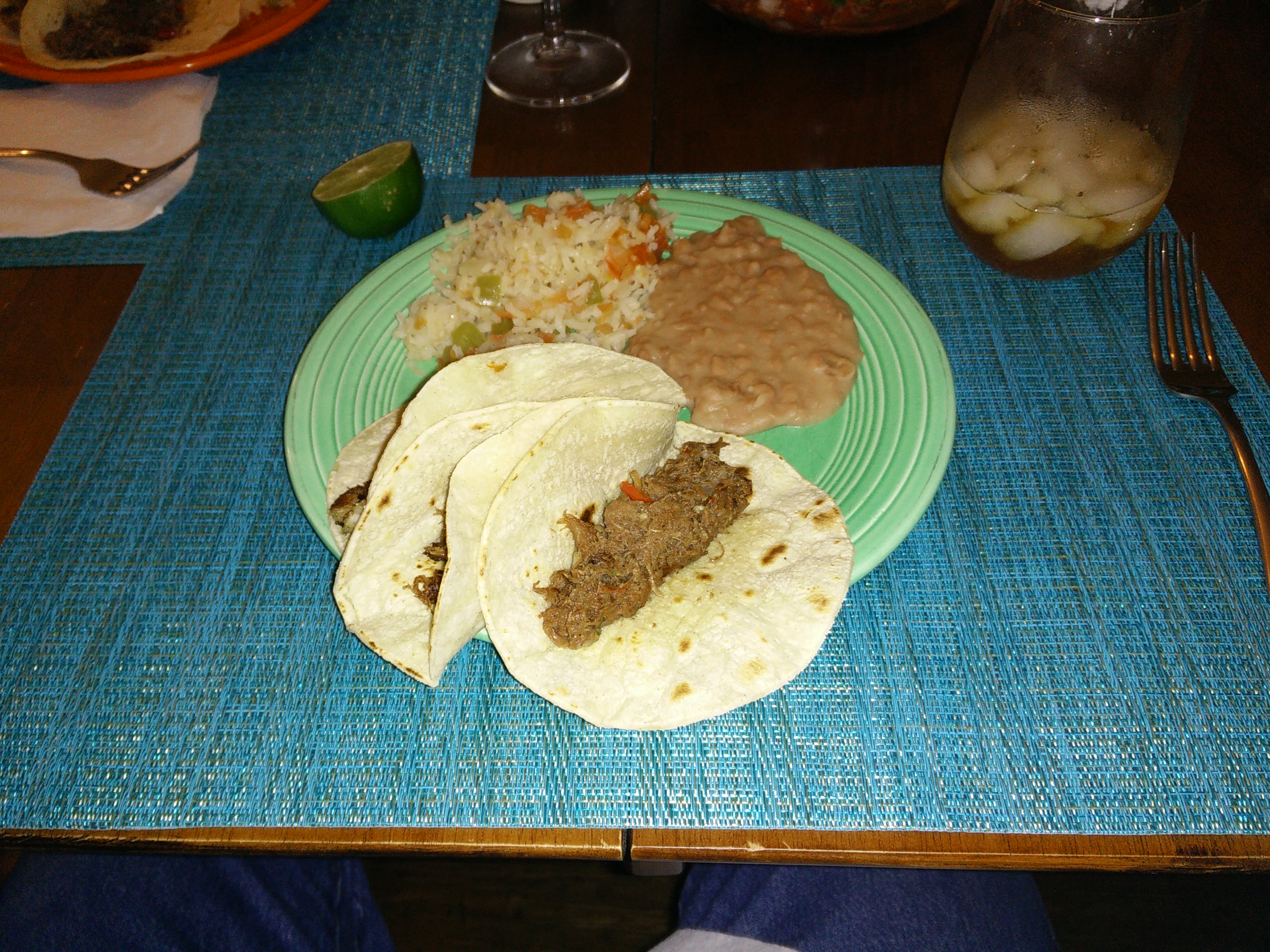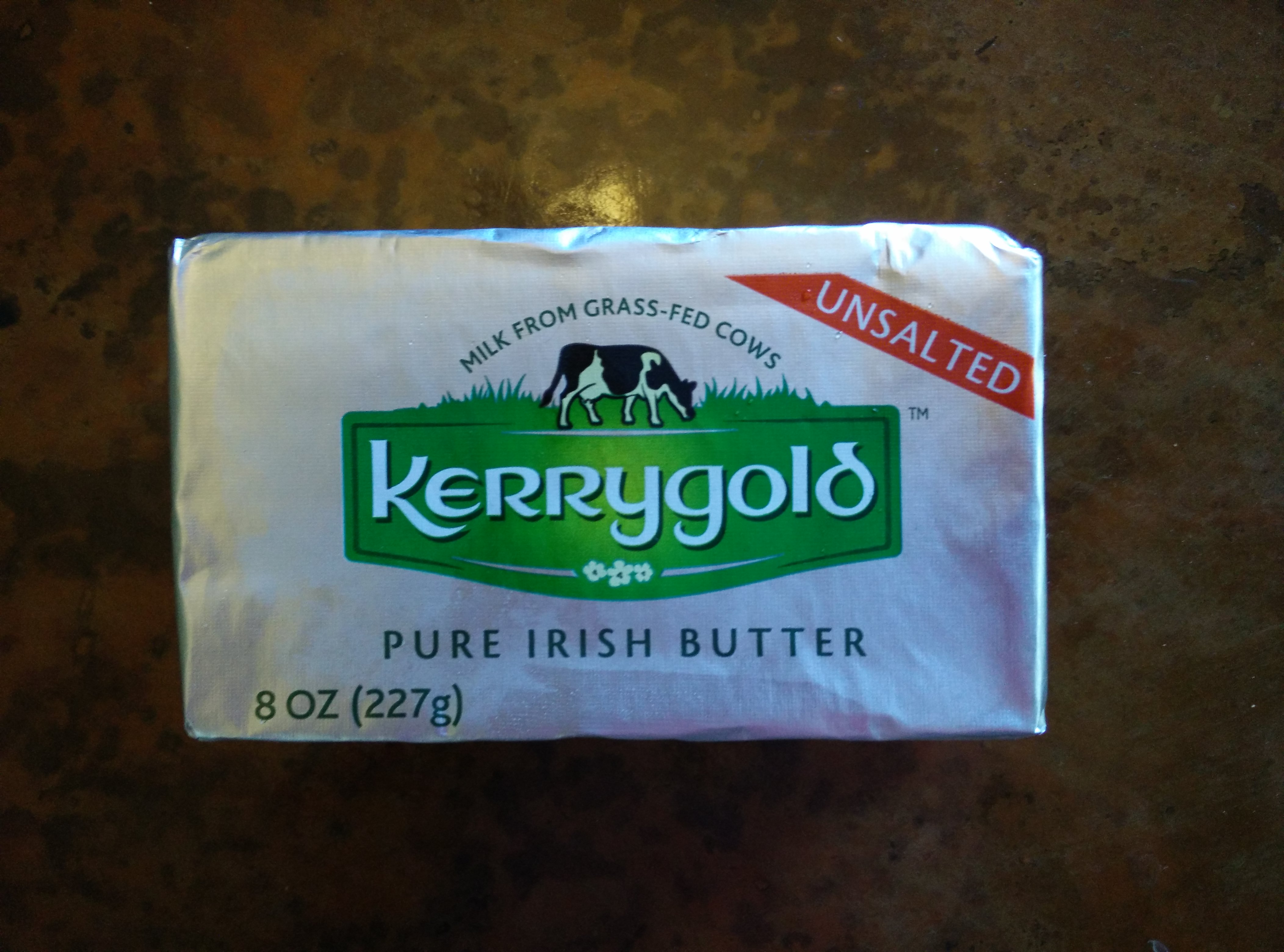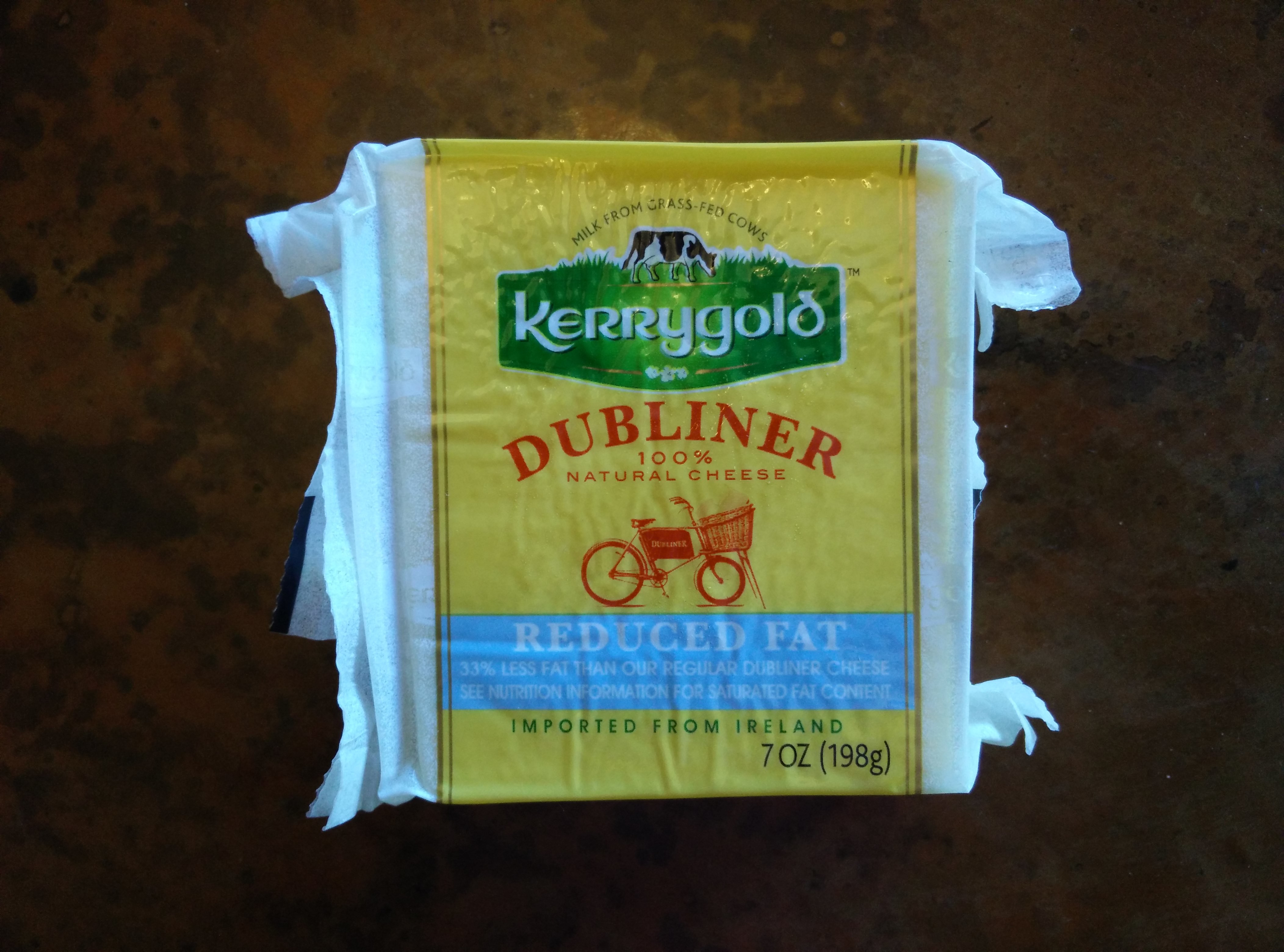May brought another good article on grassfed beef from The Wall Street Journal. This article documents the author’s initial “less than perfect” experiences with the taste and tenderness of grassfed beef, and explains how grassfed beef has evolved. We have to admit we have learned a lot, too. And the drought of 2011 just about got us (and the cattle).
Anyway, the author explains that grain-finished beef (mostly CAFO-finished) is harvested at 18 to 20 months, whereas properly finished grassfed beef is harvested between 20 and 28 months. (the author goes on to say that the tastiest beef comes from calves 28 months old, or older) We typically harvest near 28 months, and David has seen to it that “no calf is harvested before its time” – so we’ve been adhering to that model from the start. Breeds are also cited, with Black Angus suggested as favorable for grass-finishing. We feel the same way, and have been raising black calves since the beginning, using registered Angus bulls and mommas which are half Angus and half Hereford. Herefords share a similar grass-heritage to Angus, and we have recently re-cowed with some beautiful Hereford mommas.
According to Dan Barber, quoted in the article and chef and sustainable-agrictulture crusader behind Blue Hill restaurant in Manhattan, “With the right movement, the right genetics and the right slaughter, [grass-fed beef] is as tender as any grain-fed steak.”
One of the challenges, I believe, is that you need really green grass to finish the calves, and nature doesn’t always cooperate in West Central Texas. One producer cited in the article, says he raises “extremely digestible grasses grown hydroponically in a building on his property”. As my boys would say, LOL!
Also cited is the “buttery fat and yellow hue said to indicate a high vitamin content”. We’ve definitely observed that – it tastes great, compared to the white fat produced on calves with grains. Most of us don’t have the ability to determine what is Omega 3 fatty acid (the good one), and what is Omega 6 (the bad one). So, the obvious color and taste differences in the fat from grassfed beef are pretty stark, in-your-face indicators that something is really different about grassfed beef!
The article also mentions that grass-fed beef sales has been growing by more than 100 % annually, for the past 5 years, compared to 7 % for conventional beef. Of course, there is a lot of catching up to do!
Also cited are what they (and we) call “dubious spins” like “pasture-raised” and “grass-fed, grain-finished” – which are really meaningless. Even “natural” gets my dander up. What does that mean, anyway? Calves not grown in a Petri dish? The worst in my opinion, though, is “vegetarian-fed”. So, it’s illegal to feed meat to calves, and not a good idea anyway. So all calves are “vegetarian-fed”!
It’s a long, well-researched article, including how to select grassfed beef, and how to cook it. (we’ll try to include a synopsis of that, at a later date.)
The article can be found here, although it’s only available to WSJ subscribers:
https://www.wsj.com/articles/grass-fed-beef-a-discerning-carnivores-guide-1493920140






